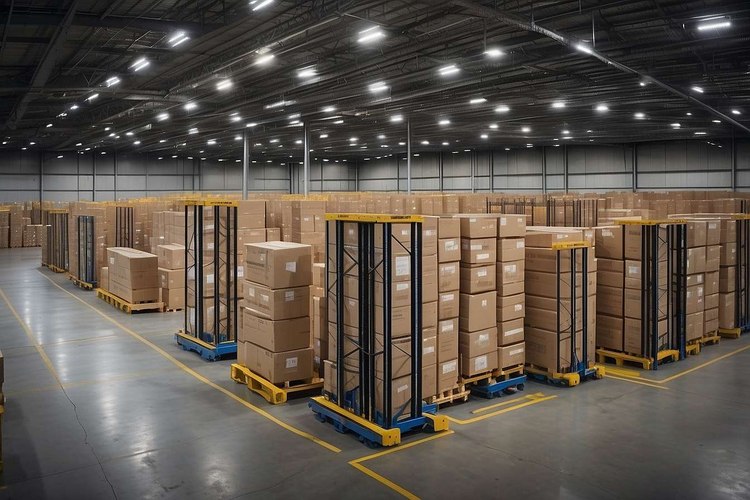Understanding the Potential of Fixed Wireless Access in Telecommunications
Fixed wireless access (FWA) is an evolving technology often overshadowed by more prominent trends in the telecommunications industry. As an innovative solution that offers high-speed internet connectivity using wireless mobile network technology, FWA is a key player in closing the digital divide, particularly in underserved areas where laying physical broadband infrastructure is not economically viable.
Tracing the Origins of Fixed Wireless Access
The concept of fixed wireless access is not new. In fact, it surfaced around the mid-1990s, with the advent of Wi-Fi. However, it was limited by the technology of the time and didn’t gain significant traction. Fast forward to today, and advancements in wireless technologies have reignited interest in FWA. The introduction of 4G and LTE networks has given FWA a much-needed boost, enabling it to deliver internet speeds that rival traditional broadband.
The Promising Present and Future of FWA
Today, FWA plays a crucial role in the telecom industry. Research firm IDC predicts that by 2023, FWA connections will account for 11% of global consumer broadband services. One of the key reasons for this is the cost-effectiveness of FWA, especially in areas where laying physical cables is costly or challenging.
Practical Applications and Challenges of FWA
FWA offers a viable solution for businesses and homes in remote areas to access the internet. However, this doesn’t mean it’s without challenges. The technology relies on line-of-sight connections to function correctly, meaning physical obstructions can cause problems. Moreover, FWA can be influenced by weather conditions, potentially affecting performance. Overcoming these challenges will be central to FWA’s future success.
The Impact of FWA on the Telecommunications Landscape
FWA is transforming the telecommunications industry by offering a new way to deliver high-speed internet access. This technology’s ability to provide connectivity in hard-to-reach areas is making it an essential tool in the quest to bridge the digital divide. However, for FWA to reach its full potential, the industry must address the challenges it faces, from physical obstructions to weather interference.
In closing, while FWA might not be at the forefront of telecommunication discussions, its potential cannot be underestimated. As technology evolves and these challenges are addressed, FWA could very well become a prominent player in the industry, changing the way we connect to the world around us.





